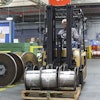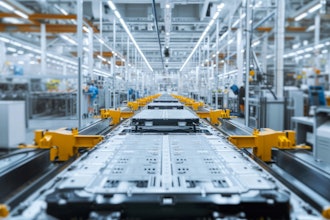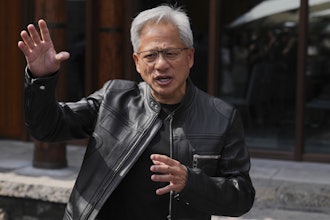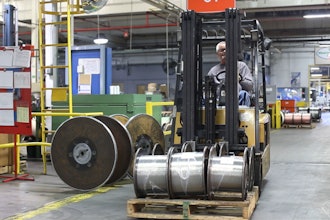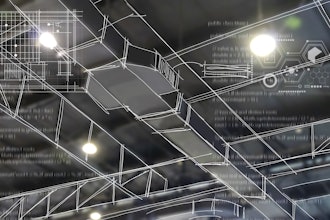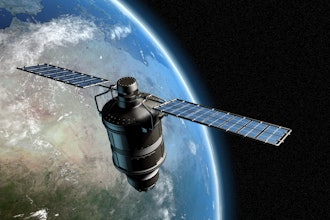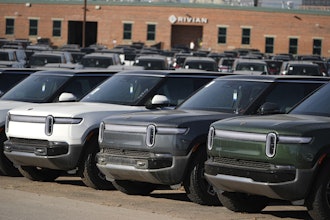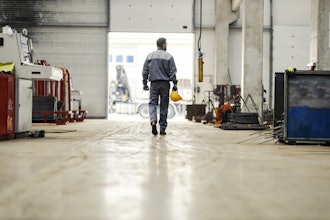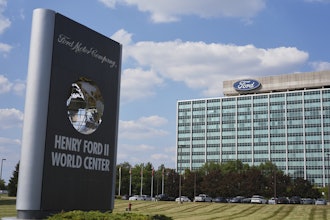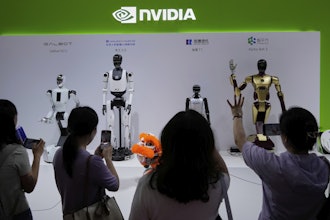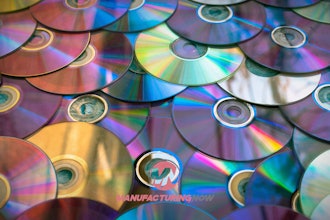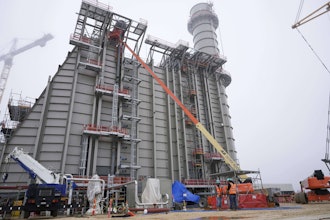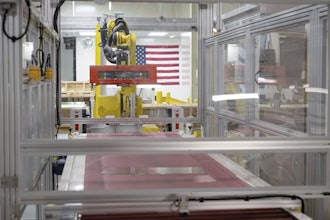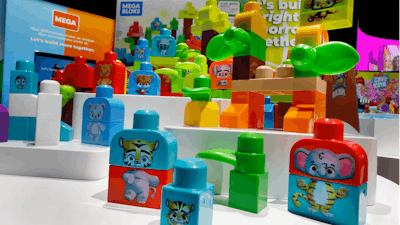
NEW YORK (AP) — Taking a toy out of the box can make a mess.
Hardly eco-friendly, the process can yield more clutter from plastic and cardboard than the actual toy.
But there are moves to change that as some toy manufacturers say they’re going green with a series of environmentally friendly initiatives: Army soldiers and Kermit the Frog aren’t the only toys that are green.
“Companies are trying to be more environmentally conscious with their products, whether it's using their packaging that has less plastic or making sure that their packaging is part of the toy … it's really taking over the industry and we're going to see a lot more of it this year,” says Maddie Michalik, senior editor for Toy Insider magazine.
These initiatives range from using minimal packaging and recycled packing materials to opting for bio-based plastics rather than their petroleum counterpart. Some have even made the formerly discarded box part of the play experience.
Mattel — the maker of Barbie, Hot Wheels, Fisher Price — is touting several of its lines as sustainable, including a Woodland Friends edition of the popular Mega Bloks as well as an upcoming version of its traditional Fisher-Price Rock-A-Stack.
“Those are now made of bio-based sugar cane plastic. And we'll be taking that into other lines rolling out throughout the years," said Mattel’s Senior Public Relations Manager Scott Shaffstall said.
Mattel says it also reduced packing waste by using 93% recycled or sustainably sourced materials, and by 2030 has the goal that its toys will be made from 100% recycled, recyclable or bio-based plastic materials.
Professor Tensie Whelan, the former head of the Rainforest Alliance and current director of NYU’s Stern Center for Sustainable Business, says focusing on sustainability practices in the toy industry is long overdue.
“We've got 60 million kids under 14 in the United States. We've got 90 percent of toys made of plastic. We have chemical issues, waste disposal issues, social supply chain issues. So, a lot of things that need to be addressed,” Whelan said.
She points out that while manufacturers are introducing eco-friendly initiatives, it’s hard to verify their sustainability claims, noting “you'd have to be looking at waste, carbon emissions, water emissions, the product themselves .... what their supply chain partners are doing. And none of that is very transparent.”
Whelan believes Mattel is making positive commitments when it comes to materials used in manufacturing and reducing packaging. She also cites Hasbro and Lego for making strides when it comes to reducing packaging and using safer materials. But says the toy industry as a whole has much more work to do.
“I think there's still plenty of room to improve on packaging, to reduce the packaging and also to use far less plastics,” Whelan said.
And manufacturers seem to be listening. MGA Entertainment unveiled a biodegradable ball as part of its L.O.L Surprise! Doll line. MGA also unveiled a new product line from Little Tikes made from a blend of recycled resins.
Educational Insights has focused on educational toys for young children for more than 50 years. For their Design and Drill: Bolt Buddies Pick-It-Up Truck they’ve made the packaging part of the play experience.
At Toy Fair New York in February, product manager Stacie Palka demonstrated how the toy and its packing come together so there is little waste as the box the toy is shipped in becomes part of the toy.
“What they can do is use this for color packaging to unfold and create this play set. So, it really extends the play pattern because you've got a set that you can use for pretend play,” Palka said.
Another company, the Netherlands-based Safari Ltd., offers the BioBuddi line of toy blocks, much like Lego and Mega Bloks, that uses sugar cane in the manufacturing process.
The company’s general manager, Job Nijssen, says their mandate is to reduce our carbon footprint in the manufacturing process, while at the same time setting an example for its young consumers.
“We want to produce products for children, but also teach children about environmental education,” Nijssen said.



